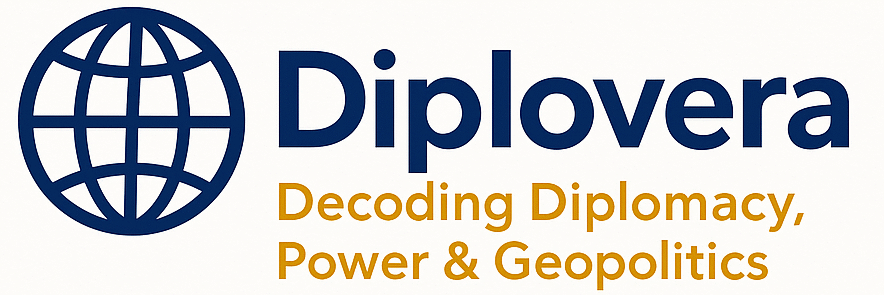Air India VT-ANB Crash: Technical Failure, Human Error, or Unsolved Mystery?
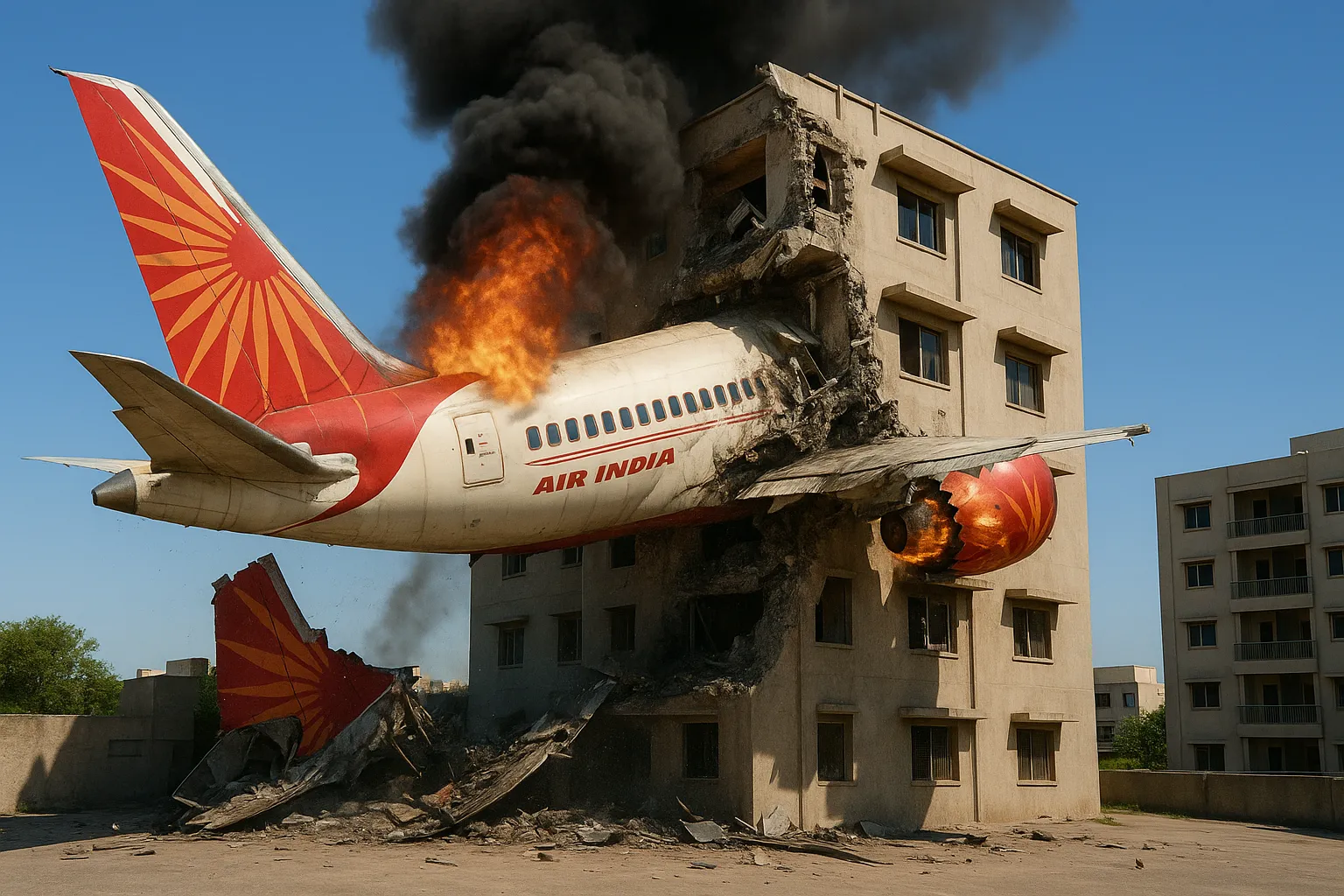
On 12 June 2025, Air India Flight AI171, operated by a Boeing 787-8 Dreamliner (VT-ANB), tragically crashed shortly after takeoff from Ahmedabad’s Sardar Vallabhbhai Patel International Airport, en route to London Gatwick. The accident resulted in the deaths of all 241 people on board—including 230 passengers and 11 crew members—as well as 19 fatalities on the ground, making it one of the deadliest aviation disasters in India's recent history.
Initial findings by the Aircraft Accident Investigation Bureau (AAIB) point to a highly unusual and abrupt dual engine shutdown during the aircraft’s initial climb, just seconds after takeoff.
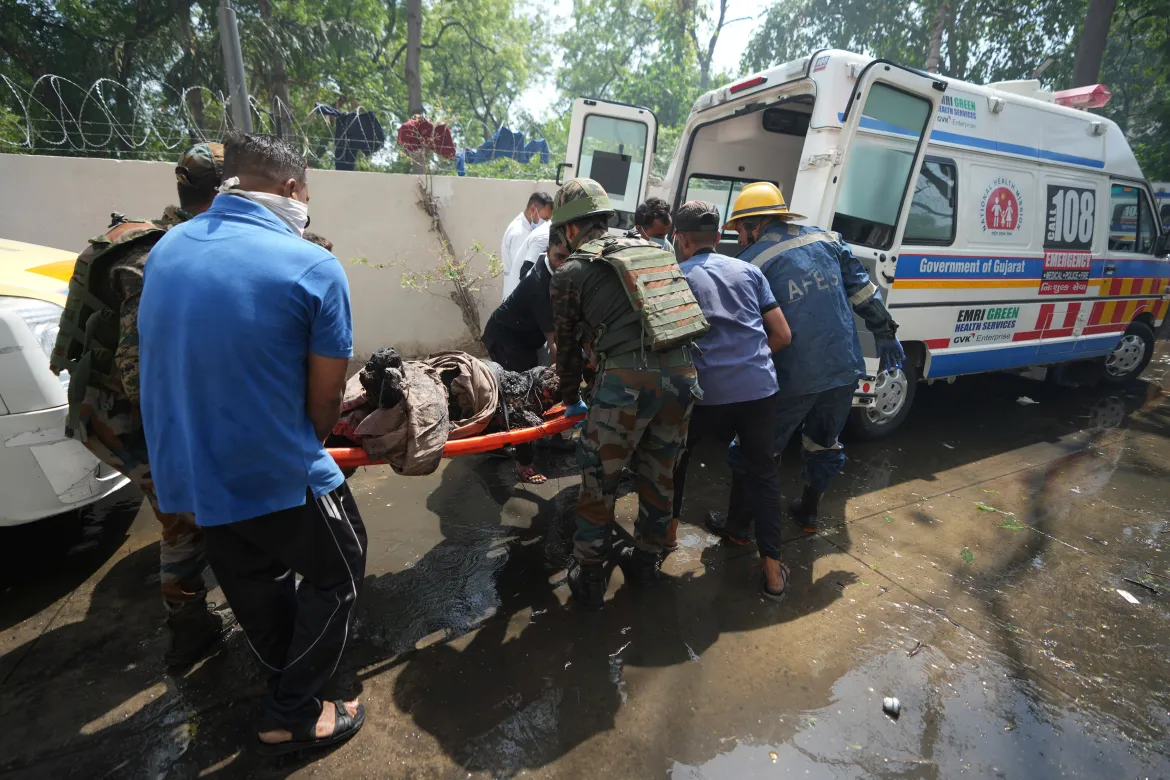
While the preliminary investigation report released by the Government of India’s Aircraft Accident Investigation Bureau (AAIB) provides essential facts surrounding the Air India Flight AI171 crash, it opens the door to deeper questions that demand serious scrutiny. The report confirms a dual engine shutdown within seconds of takeoff, but does not yet explain why both fuel control switches were moved to the cutoff position — a highly unusual occurrence in any modern aircraft, let alone during the critical phase of initial climb.
This raises unsettling possibilities. Could a technical malfunction, such as a faulty fuel control module or software error, have caused the switches to disengage? Or was there inadvertent human input — and if so, what kind of cockpit environment or design flaw allowed such a catastrophic mistake to go unchecked?
Even more concerning is the perception that larger forces may be at play. With Air India now part of the Tata Group and Boeing already under scrutiny for recent safety lapses globally, some aviation observers fear that commercial, political, or diplomatic interests could influence how the investigation is presented or interpreted. Are we witnessing a genuine search for truth, or is the narrative being carefully managed to shield reputations and protect corporate stakeholders?
To fully understand this tragedy, we must look beyond official documents and explore multiple dimensions — from cockpit design vulnerabilities and maintenance oversight, to systemic pressures in aviation operations, and the geopolitical implications of exposing flaws in aircraft manufactured by global giants.
This article aims to examine these overlooked angles — not to assign blame prematurely, but to uphold the one principle aviation safety depends on: accountability driven by truth, not convenience.
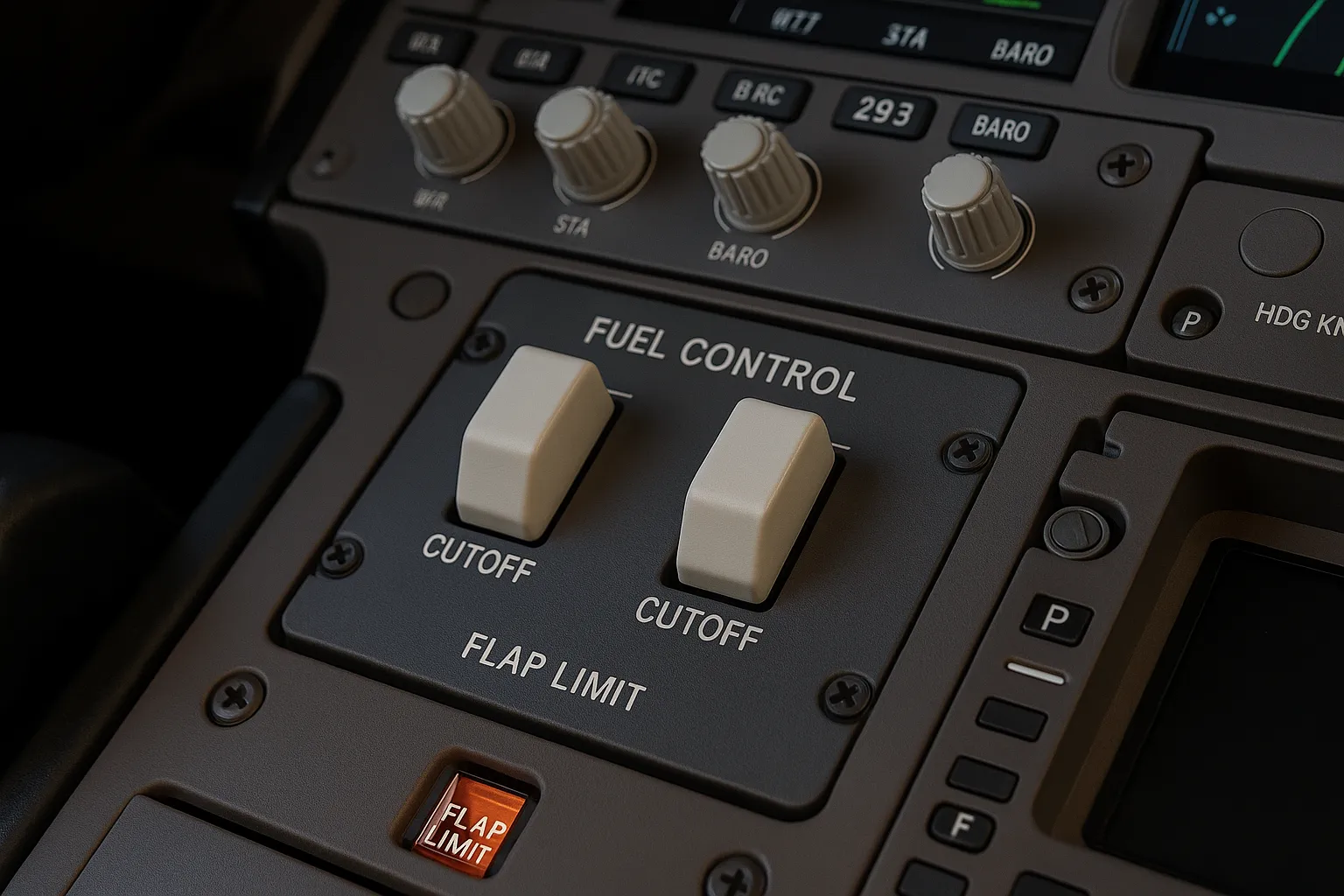
Can We Trust the Narrative? Boeing’s History and the Gaps in the Official Report? The crash of Air India Flight AI171 has reignited a global debate about the credibility of aviation safety investigations — particularly when a major aircraft manufacturer like Boeing is involved.
Over the past decade, Boeing has been repeatedly criticized for systemic technical and ethical lapses. The most infamous examples are the Boeing 737 MAX disasters (Lion Air 2018, Ethiopian Airlines 2019), where flawed flight control software (MCAS) contributed to the deaths of 346 people. Investigations revealed not only design oversights, but also a disturbing pattern of regulatory manipulation, internal whistleblower suppression, and rushed certification.
These past incidents make it difficult to take any Boeing-related crash at face value — especially when critical cockpit functions, like fuel cutoff switches, are involved.
Inside the Preliminary Report: What It Says — and What It Doesn't
India’s preliminary report on VT-ANB outlines a dual engine shutdown, supported by flight data and cockpit voice recordings. However, it stops short of explaining how such a failure occurred. It records the pilot asking, “Why did you cutoff?”, to which the co-pilot reportedly responded, “I didn’t do it.” This single exchange opens a Pandora’s box of possibilities.
Why would a trained pilot intentionally shut off fuel just seconds after liftoff? And if it wasn’t intentional, was it accidental? Was it mechanical? Was it even human at all?
The aircraft had complied with its maintenance checks, but a 2018 FAA advisory had flagged potential disengagement risks in the fuel control switch locking system — a component also used in Boeing 787s. While Air India reportedly did not act on this advisory (since it was not mandatory), should they have done so anyway? Or did Boeing’s design flaw remain hidden in plain sight?
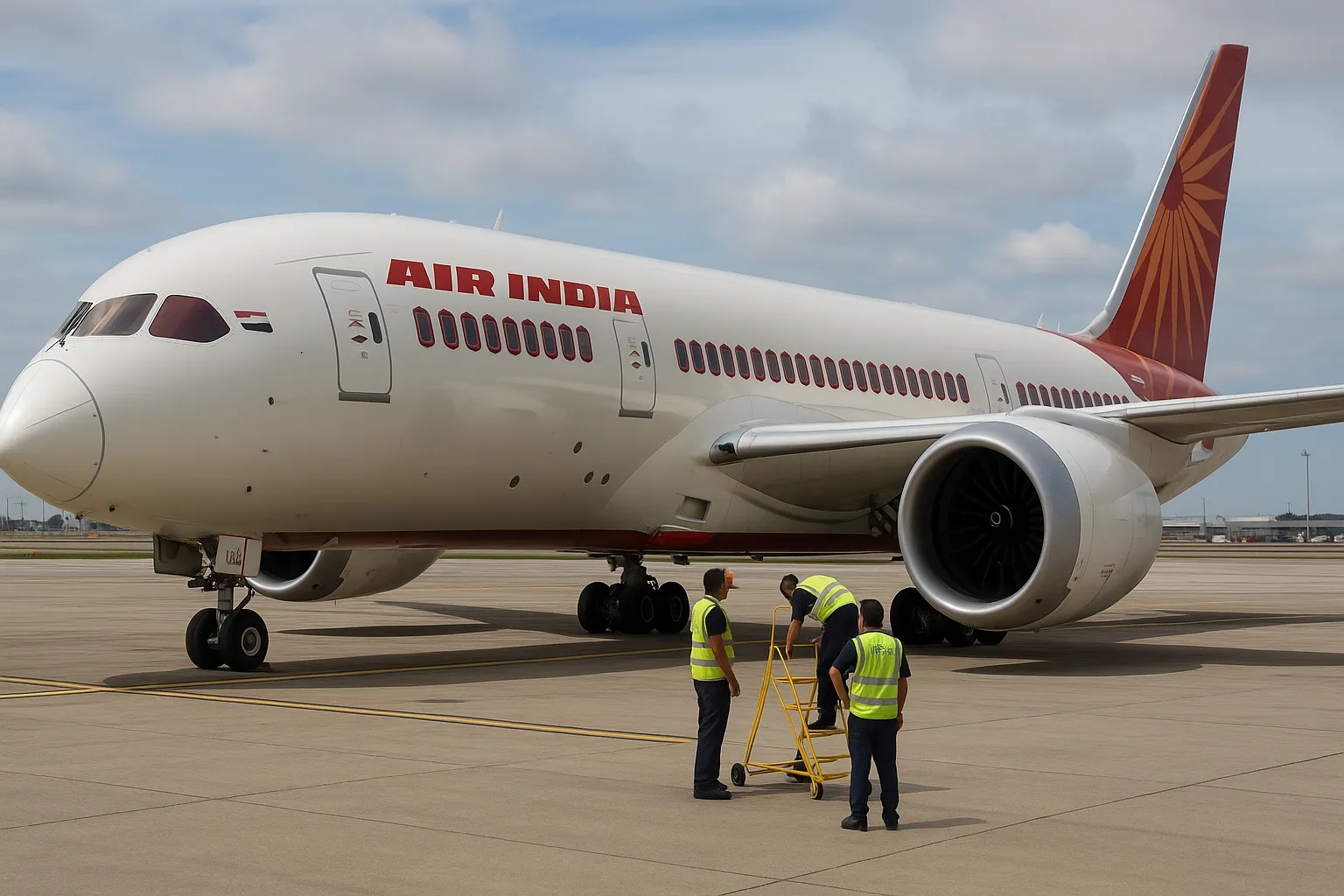
Beyond the Cockpit: Are We Probing Deep Enough?
The incident also raises questions about pilot behavior and human factors. Could this tragedy involve a personal conflict, emotional instability, or psychological distress between the crew? Are regular mental health assessments truly effective in catching early signs of burnout, depression, or suicidal ideation?
Was the Co-Pilot — the Pilot Flying (PF) — under stress or distraction? Were cockpit ergonomics or system alerts insufficient in preventing a catastrophic misstep?
Furthermore, why did none of the layers of safety checks, from pre-flight inspections to live cockpit alerts, intervene? If a technical failure occurred, did the maintenance team overlook something obvious? Or was this a built-in fault passed on from Boeing’s production floor?
The Need for Multidimensional Truth
Whether the root cause lies in hardware, software, human behavior, or management culture, this tragedy is a harsh reminder: aviation safety cannot afford to treat preliminary reports as final answers — especially when the manufacturer’s global reputation and national prestige are involved.
It’s not about placing blame, but about asking hard questions:
-
Did Boeing cut corners again?
-
Did Air India’s maintenance overlook a critical risk?
-
Did emotional or psychological issues in the cockpit play a hidden role?
-
Or is there a combination of small failures that culminated in a devastating outcome?
Only a transparent, independent, and uncompromised investigation can answer these questions — and prevent the next disaster from repeating the same fatal pattern.
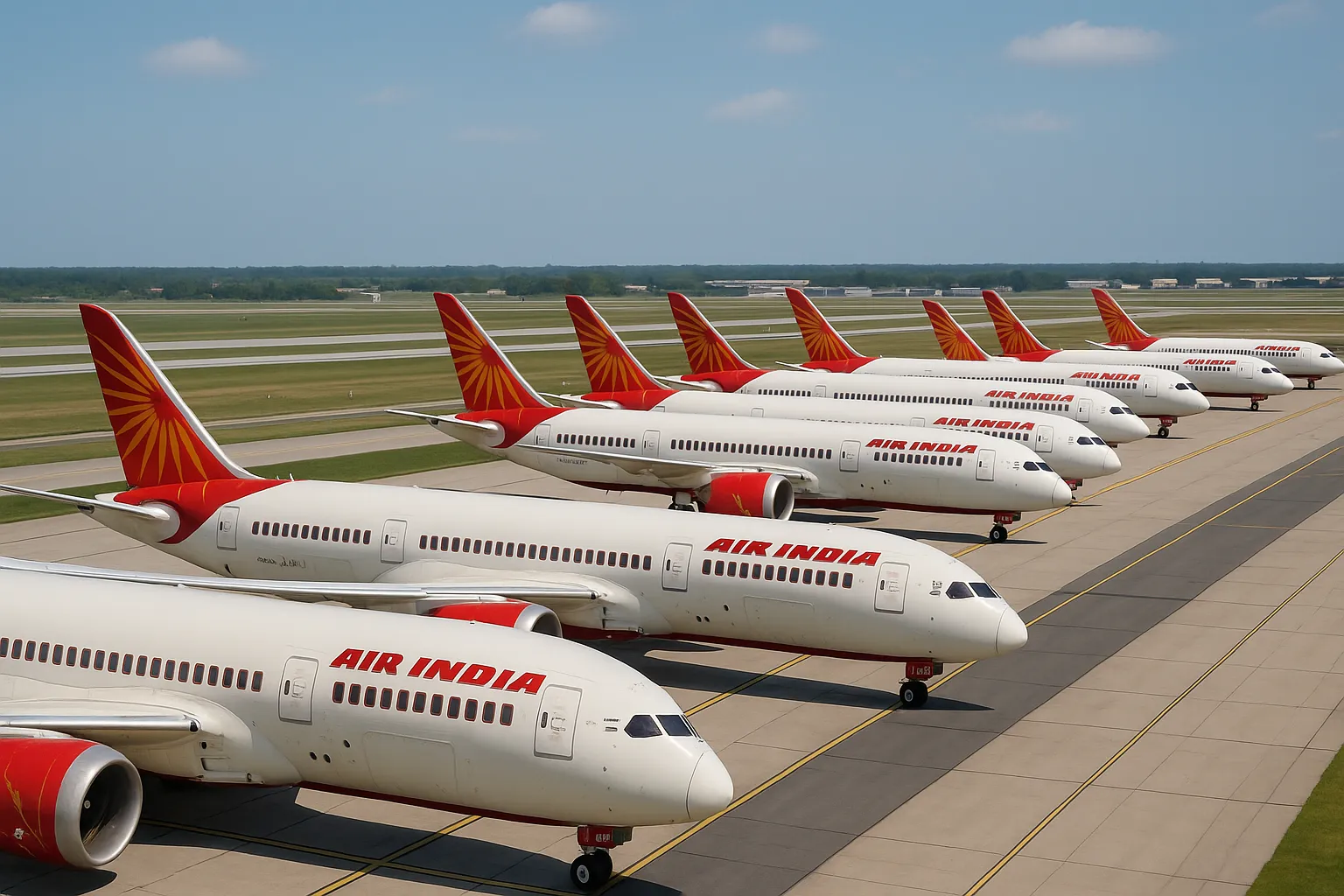
Air India’s Internal Transition and Global Aviation Pressures?
In the aftermath of the AI171 tragedy, it's essential to look beyond cockpit data and mechanical failures and examine the broader organizational and industry context — particularly the role of Air India's internal culture and the pressures that come with transformation.
Following its high-profile acquisition by the Tata Group, Air India entered a rapid transition phase: ambitious expansion plans, large aircraft orders, and a renewed push to position itself as a global competitor. However, organizational reform in aviation takes time. Legacy procedures, maintenance standards, and crew operations often lag behind corporate vision. This raises a legitimate concern: can internal systems keep pace with the speed of change?
At the time of the crash, the aircraft had several open MEL (Minimum Equipment List) items. While all were within regulatory limits, their presence does hint at operational compromises — possibly influenced by schedule pressure, resource constraints, or transitional complexity.
Moreover, in a post-pandemic era where aviation is under pressure to recover and grow fast, safety can sometimes take a backseat to performance metrics — not deliberately, but systemically. Air India is not alone in this, but its position as India's flagship carrier makes scrutiny inevitable.
Finally, with global stakeholders involved — from Boeing and GE to international regulators — there is a clear need for transparent, independent investigation. The involvement of foreign nationals in the crash further amplifies India's responsibility to maintain credibility and openness on the world stage.
This discussion is not about assigning blame, but about recognizing that true aviation safety requires aligning technical precision with organizational integrity — especially during periods of major change.

As the preliminary report unfolds and deeper layers of the investigation emerge, this tragedy presents a crucial moment for introspection and reform — not just for Air India, but for the entire aviation ecosystem.
We sincerely hope that the Government of India, in partnership with Air India and international authorities, will pursue the investigation with full transparency and independence, uncovering the real reason behind the unexplained shutdown of both fuel control switches. Understanding how and why such a critical failure occurred is not only vital for justice — it is essential for preventing future loss of life.
This incident should serve as a wake-up call to airlines, regulators, and manufacturers worldwide. It's a reminder that beneath the speed and convenience of modern aviation lies an uncompromising duty to protect every life that boards an aircraft.
Let this be an opportunity for all global carriers to revisit cockpit safety protocols, review technical safeguards, and strengthen crew mental health monitoring systems.
Because in aviation — and in life — human lives must always outweigh profits, politics, or reputational concerns. That is the standard the world deserves, and the legacy this tragedy demands.
- Preliminary Report – Accident involving Air India’s B787-8 (VT-ANB)
- Aircraft Accident Investigation Bureau (AAIB), Government of India
